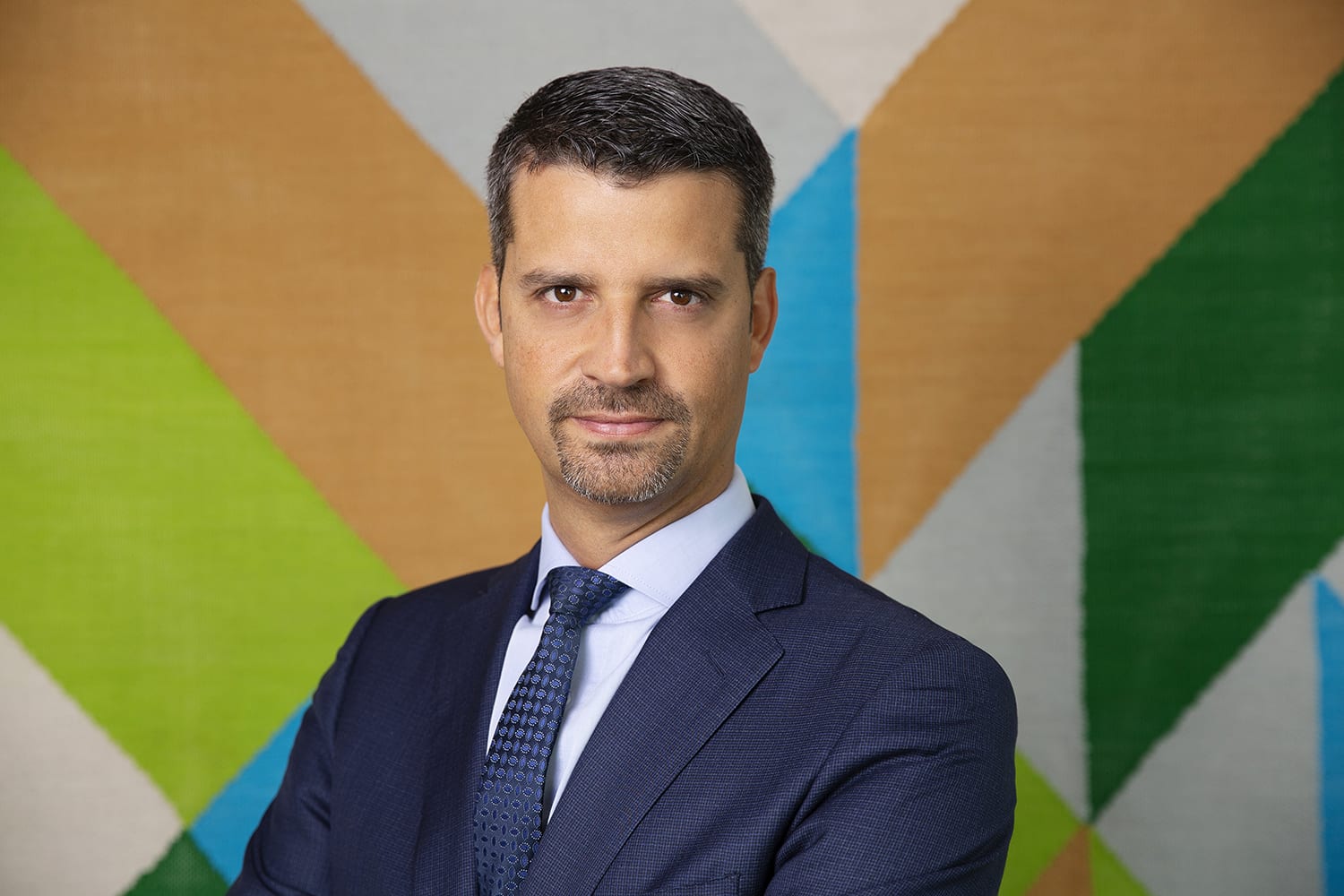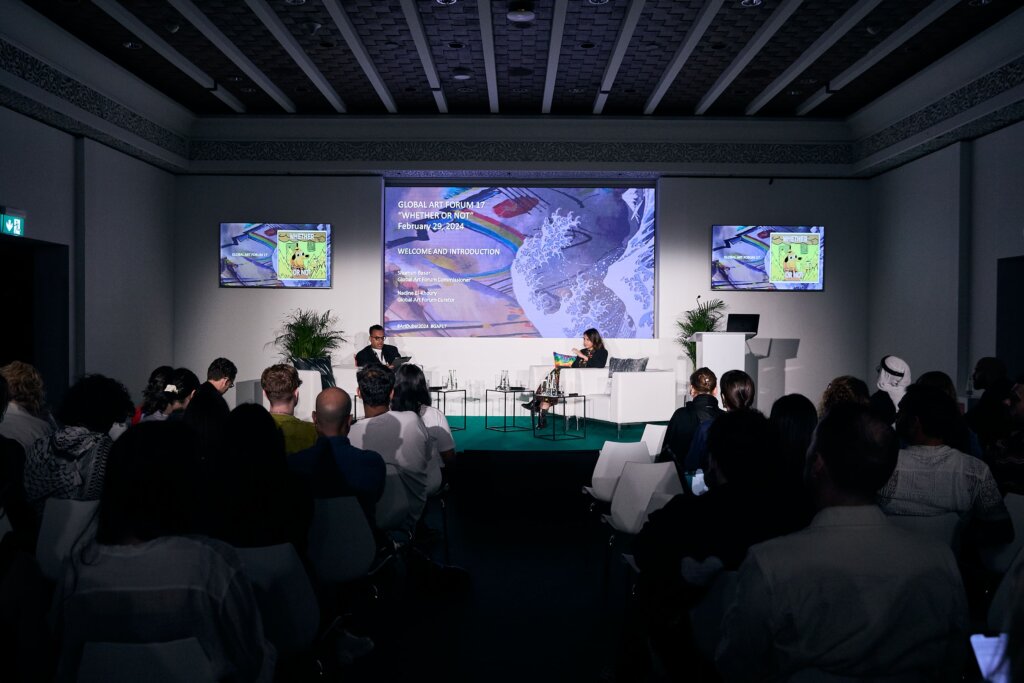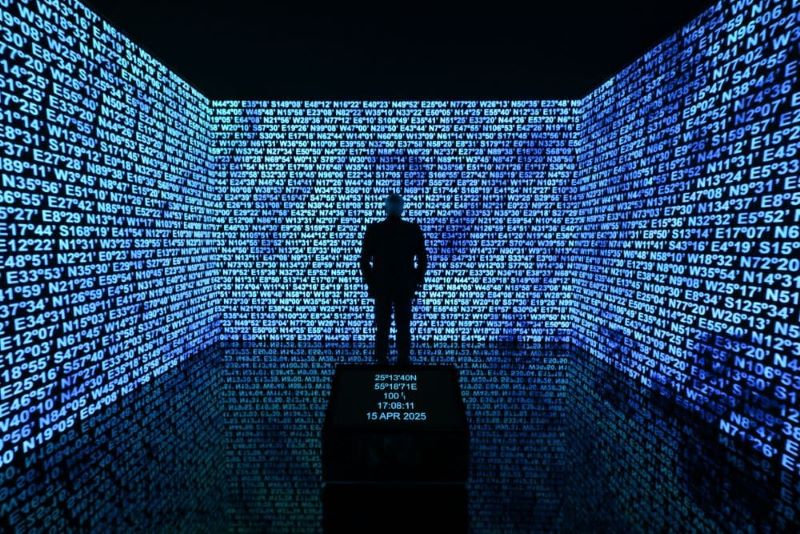Do you feel your French and Moroccan nationality has a particular relevance while examining your overall practice?
I think that we understand things only by practicing them in the longest way, and the most extraordinary is how they continue to surprise us when they mingle with the world. Memories in black and white, a past that escapes us in life today, a part of shadow, light, the frequent presence of a mirror, a reflection, a dark light. A Maghreb culture that melds the visible and the hidden. Architectures that make us look without being seen (small windows, moucharabieh on the wall), structures linking paradoxes. Berber music too, repetition or trance, all this echoing the gestures and figures repeated in my work. The presence of the garden too, Andalusian tradition, which requires a mastery of nature and architecture. My drawings often assume from another point of view that we cannot take, or have … The trip too, the displacement, the movement, the Mediterranean is my home. So yes, my childhood between France and Morocco has given birth to an insatiable nomadism in me, a thirst for the world and for landscapes.
How about Dubai in particular, as your practice is centred around capturing changing urban landscapes, is Dubai a particularly inspiring place for you?
Dubai is the city of all possibilities, all the landscapes are there, may they be natural or shaped by man. It is this mixture of paradoxes that obviously intrigues me the most!
Tell us about the Julius Baer commission specifically, is that piece based on your experience in Dubai?
Our collaboration is an incredible story, also full of paradoxes. I had to find paths connecting the Swiss mountains to the dunes of the desert. It was a difficult but fascinating drawn adventure and I learnt a lot of new things. I think we never finish learning.















